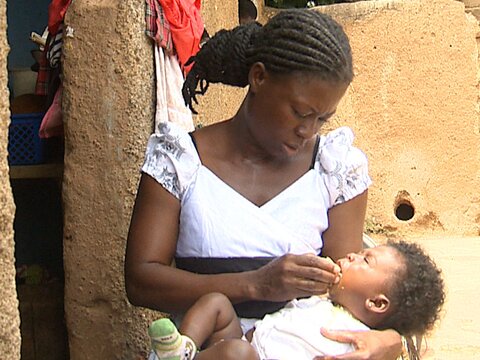OPT-SMC: Ghana project
Implementing SMC in Ghana during the COVID-19 Pandemic: Coverage and Predictors for Uptake and Adherence

SMC was introduced in Ghana in 2015 in Upper West region, and extended to the Upper East region in 2016, and, in 2019, to the Northern region (now Northern, Savannah and North-East regions). The same regions were included in the study in 2020. Community Health Volunteers (CHVs) used android phones to register eligible children in each household and recorded daily doses administered. In 2020, a total of 4.1 million treatment courses were administered over 4 months to a population of 1.08 million children. A household survey consisting of 2100 households in 150 clusters was conducted to assess coverage during the 2020 campaign. Dates of SMC treatments were determined from the child’s health record booklet, or from the Sicapp database if the booklet was not available, and caregivers were asked about adherence to daily doses.
A total of 87.6% of children eligible for four cycles, received four treatments. Very few (1%) of the children in the 5 to 10 year age group were treated. Limitations included lack of time for call-back visits to non- responders due to limited funds. Side effects of SMC drugs, taste of tablets, and charging costs for management of side effects, and over-tasking of volunteers, were identified as barriers to SMC uptake.
This was presented at the ASMTH December 2021 conference: G Adu Asumah et al: 70th Annual Meeting of the American Society of Tropical Medicine and Hygiene, ASTMH 2021. United States, volume 105, (no. 5 suppl).
The team also met with the OPT-SMC at SMC Alliance in Togo to review their paper: “Implementing Seasonal Malaria Chemoprevention (SMC) in Ghana during the COVID-19 pandemic: Coverage and predictors for uptake and adherence” and are currently finalising the paper.